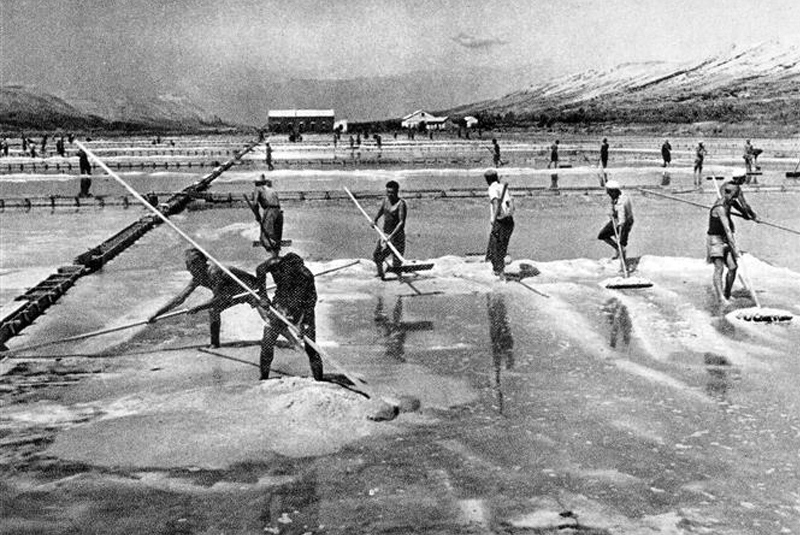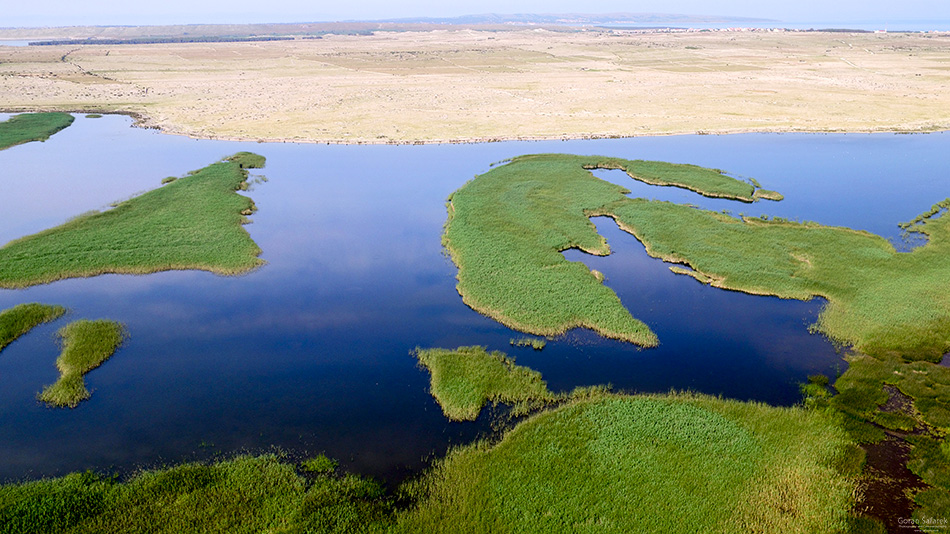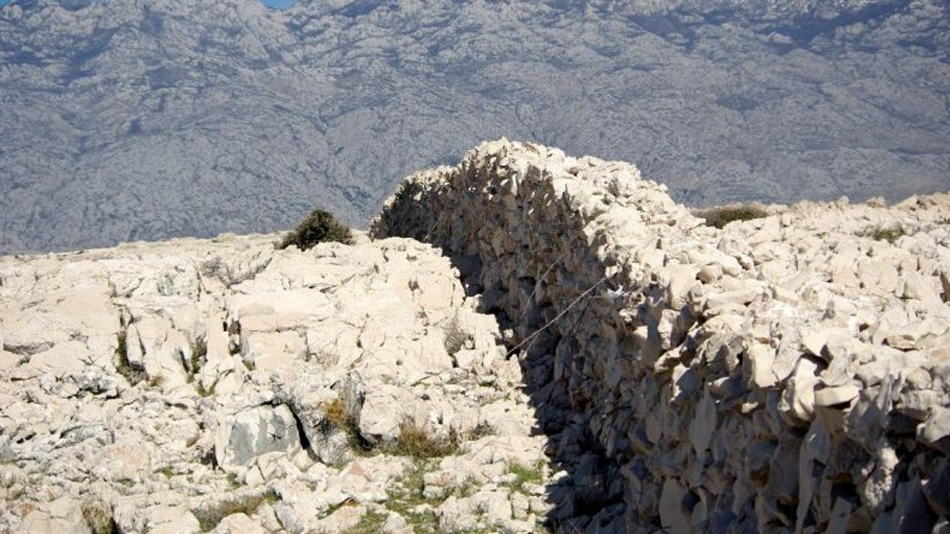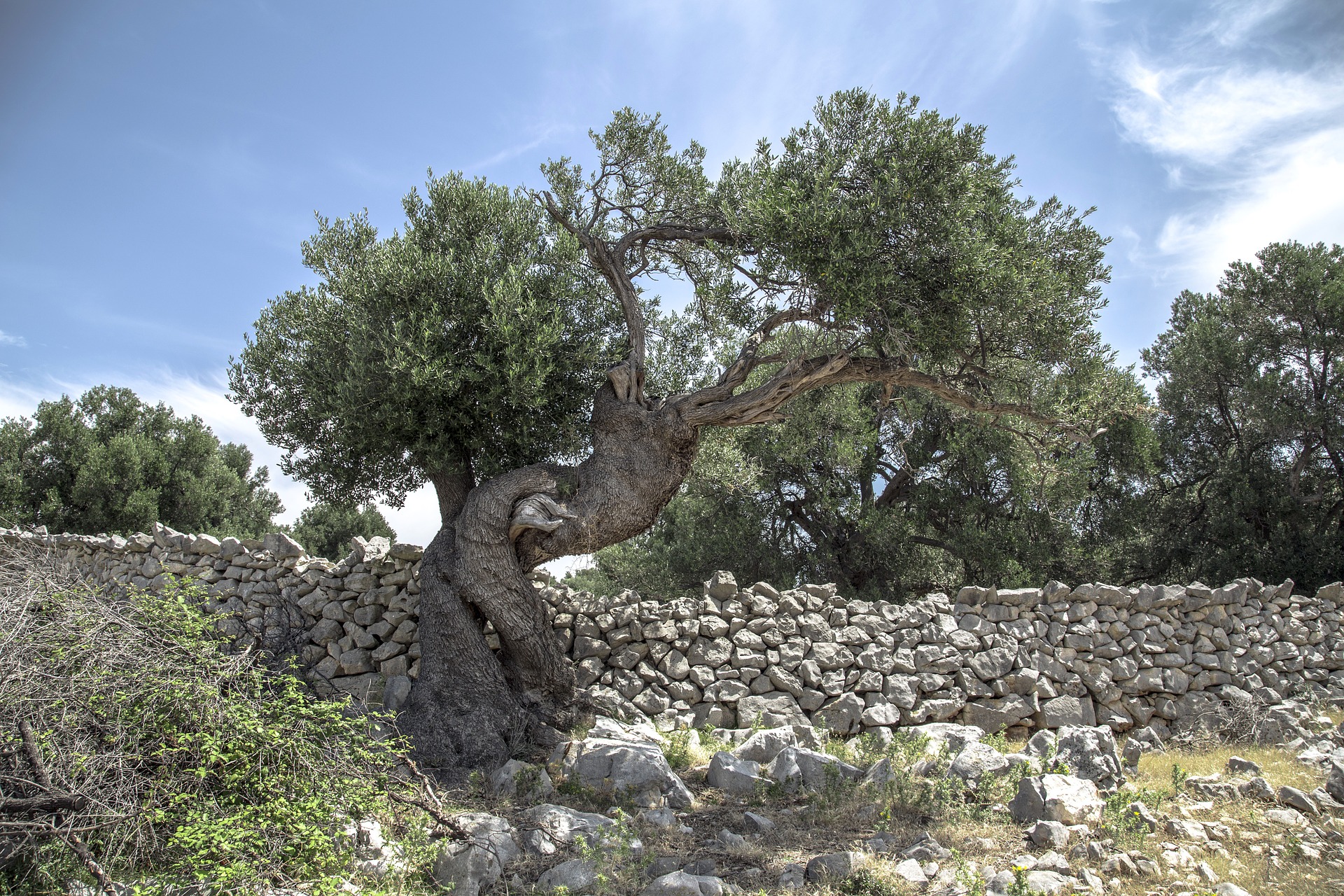Pag lace

The town of Pag is also famous for the needlepoint lace that has been nurtured throughout the centuries, each is a unique item, and the slow and demanding needlework still lives today on the streets of the old town.
The Frane Budak Association of Pag Lace-Makers opened the Pag Lace Gallery in 1998 with the aim of preserving these valuable and unique handmade artefacts. Visitors can see how Pag lace is made and relax among products of various lacemaking techniques that are true artworks produced by the skilful hands of Pag lace-makers. The rich display exhibits lace from various periods: replicas of Pag lace made after old Budak’s patterns, various textile items used in Pag households, pieces of garments worn by Pag residents throughout history, and the latest creations.
Baškotini

The nuns at the Benedictine Monastery of St. Margarita in Pag have been producing Baškotini for more than 300 years, certainly the oldest sweets - kind of hard milk bread, like toast. Early in the morning, the nuns begin their day with prayer and mass and then continue with work. On the big wooden tables, the nuns knead dough skillfully and put it into big pans that are placed in a well-heated oven. After the first baking, baškotini are separated horizontally and arranged in a baking dish. After the second baking, baškotini are left to dry and take a recognizable golden color. By word of mouth, the Austrian Empress Maria Theresa also enjoyed baškotini which she offered to her "royal blood" guests.
Pag Triangle

Pag Triangle is the name for an unusual imprint in the rocks, which was discovered on the Tusto čelo Hill in May 1999. Tusto čelo is located northwest of the town of Pag, near the ferry port Žigljen. It is a phenomenon that attracts attention of the faithful, alternative history researchers and the ufologists. Based on the geological research, it was found that the rocks inside the triangle are brighter than those outside, and that after exposure to ultraviolet light, emit red. The red color is evidence that the rocks inside the triangle have been thermally treated. It is presumed that this imprint came about 12 000 years ago. The triangle is relatively easy to access since there are road signs at Žigljen ferry port, as well as on other roadways near Novalja pointing to the direction of the hill of Tusto čelo. More than 30 000 people from around the world visited Pag triangle over just three years since its discovery.
Museum of Salt

In one of the old salt warehouses of the former Pag salt facilities, a permanent exhibition of salt production has been staged. Former salt storage with the original old mill is arranged in the way to show the visitors the atmosphere and exposed subjects how once the Pag salt was produced. In the middle of the warehouse, as a central part of the exhibition are placed replicas of the pans with passageways between them and canals, and along the north wall was put a pile of three tons of salt. The exhibition consists of various tools that were used in the production of salt, and on the walls are posted old photos of the salt pans.
Ornithological reserves

Veliko i Malo blato/Big and Small Mud - Near Vlašići along the old road to Povljana, there is Ornithological reserve Vlašići. Big and Small Mud is protected Ornithological reserve - waterfowl. It is the last such place in Europe where certain types of wading birds land on their way to the south. The big mud lake is full of freshwater fish and it was one of the first fish farms in Europe which is now run by the family Košćina.
Dry stone walls

Dry stone walls are a striking monument to life and massive effort of the people of our island that were built by grubbing up the hardly cultivable land and skilful assembly. Its forms, surface, appearance and function are one of the most representative examples of indigenous architecture. Dry stone walls have been built as a natural border between pastures, high enough that the sheep cannot jump over them and a strong wind cannot knock them down. They represent an important habitat for reptiles, birds and small mammals. You will rejoice when during the hot midday sun you see a whole flock of sheep resting in the shade under the dry stone wall. In the absence of trees in the vast rocky ground, dry stone wall is their only refuge for rest from the hot summer temperatures. Beside the dry stone walls other attractions are sheep dwellings or sheep folds. Dry stone walls are an important element of the landscape and part of the rich cultural heritage of Croatia protected by UNESCO.
Lun olive gardens

The Lun olive gardens groves at the northwest of the island hide some of the oldest wild olive trees in the Mediterranean. The average age of wild olive (olea oleaster) is about 1200 years, and some can be even older. This area has been proclaimed botanic nature reserve.
National Parks

Wonders of nature at your fingertips. Uniqueness of the Zadar region is the fact that it is surrounded by 5 National Parks. They are Paklenica, Kornati, Plitvice Lakes, Krka Watterfalls and Northern Velebit. From Vlašići you can reach some of the parks in just an hour or two by car or by boat.
- NP Kornati - www.kornati.hr
- NP Paklenica - www.paklenica.hr
- NP Plitvice Lakes - www.np-plitvicka-jezera.hr
- NP Krka - www.npkrka.hr
- PP Velebit - www.pp-velebit.hr

